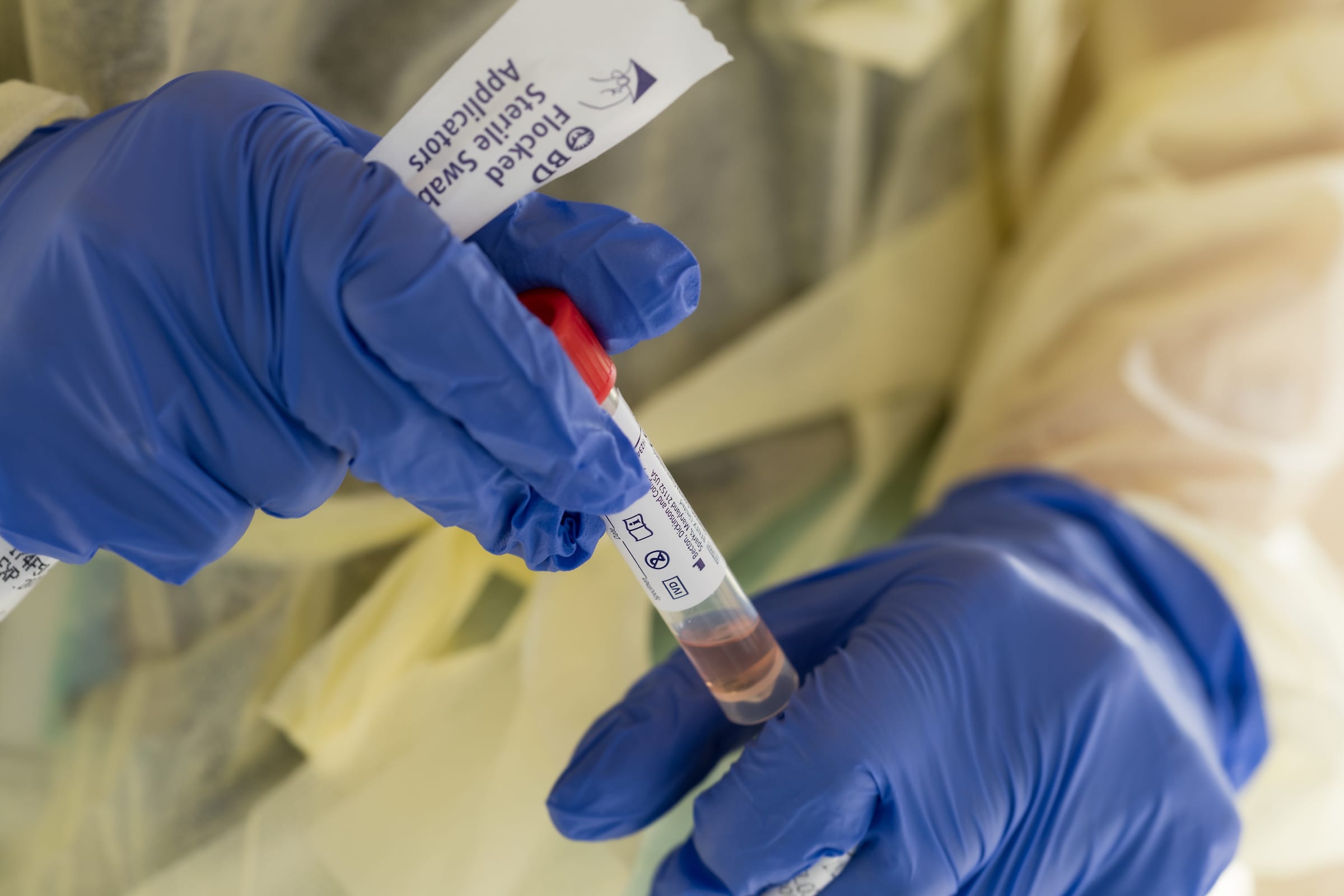The COVID-19 pandemic, which began in late 2019, has significantly impacted public health, economies, and daily life worldwide. As we reflect on the past five years, it is essential to evaluate the progress made in understanding this virus while recognizing the gaps that still exist in our knowledge. This dual perspective is crucial for informing future public health strategies and ongoing research efforts.
Firstly, one of the most significant advancements in our understanding of COVID-19 is the identification of its transmission routes. Initially, the primary mode of transmission was thought to be respiratory droplets produced when an infected person coughs, sneezes, or talks. Over time, studies have confirmed that the virus can also spread through aerosols, which can linger in the air and infect individuals even in the absence of close contact. This revelation has prompted public health officials to advocate for improved ventilation in indoor spaces and the use of masks, especially in crowded environments.
Secondly, the development and distribution of vaccines represent a monumental achievement in the fight against COVID-19. By early 2021, several vaccines received emergency use authorization, leading to widespread immunization campaigns. These vaccines have proven effective in reducing the severity of illness, hospitalization, and death among those infected with the virus. However, the emergence of variants has raised questions about the long-term efficacy of these vaccines and the need for booster shots. Ongoing research continues to assess how well current vaccines respond to new variants, which remains an area of active investigation.
Thirdly, we have gained a better understanding of the virus’s impact on different populations. Data has consistently shown that older adults and individuals with underlying health conditions are at a higher risk for severe illness and death. This knowledge has informed public health messaging and prioritization of vaccine distribution. However, disparities in health outcomes based on race, ethnicity, and socioeconomic status have also come to light, prompting discussions about health equity and access to care. While we know certain groups are more vulnerable, the underlying reasons for these disparities require further exploration.
In addition to these known factors, the long-term effects of COVID-19, often referred to as “long COVID,” represent a significant area of uncertainty. While some individuals recover fully after a brief illness, others experience lingering symptoms that can last for months or even years. These symptoms can include fatigue, cognitive difficulties, and respiratory issues, among others. Research is ongoing to determine the prevalence of long COVID, its underlying mechanisms, and effective treatments. The complexity of these long-term effects poses challenges for healthcare systems and highlights the need for continued monitoring and research.
Finally, the global response to the pandemic has underscored the importance of public health infrastructure and preparedness. Countries have faced varying degrees of success in managing outbreaks, largely influenced by their healthcare systems, governance, and public compliance with health measures. While we have learned valuable lessons about the importance of timely communication, testing, and contact tracing, many questions remain about how to better prepare for future pandemics. The need for coordinated global efforts to improve vaccine distribution, share data, and enhance healthcare systems is more pressing than ever.
As we navigate the ongoing challenges posed by COVID-19, it is crucial to remain vigilant and adaptable. The past five years have illuminated both our strengths and weaknesses in addressing this public health crisis. While we have made significant strides in understanding the virus and developing effective interventions, the journey is far from over. Continued research, collaboration, and investment in public health will be essential as we work to mitigate the effects of COVID-19 and prepare for potential future outbreaks.
In conclusion, the five years since the emergence of COVID-19 have provided us with invaluable knowledge about the virus and its impact on society. However, the journey to fully understanding this complex virus continues, with many questions still unanswered. As we move forward, it is essential to remain committed to scientific inquiry and public health initiatives to safeguard global health.


